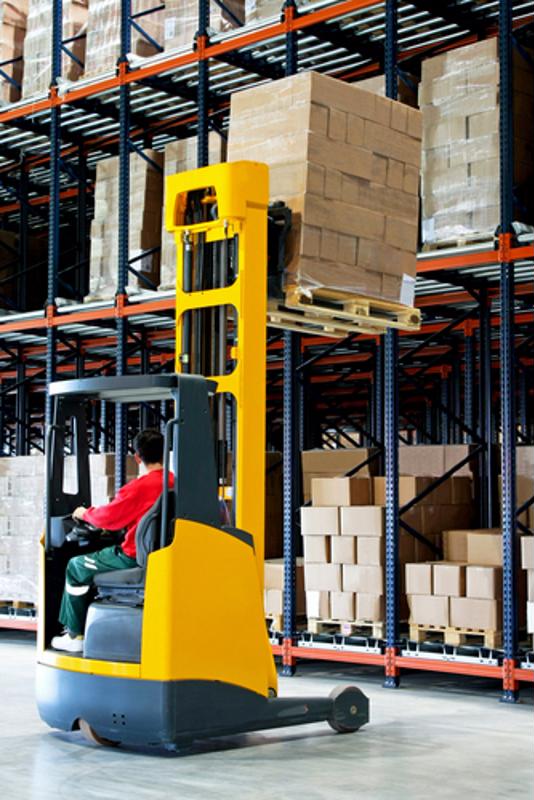In tandem with a strengthening economy and a shift in consumer spending trends, demand for warehouse and distribution space has increased over the past few years.
As warehouse demand rises, so does the need for forklifts. A 2017 study from Allied Market Research projected that the forklift truck market will increase 6.6 percent annually through 2022, bringing the global valuation for the sector to $51 billion. Warehouse forklifts in particular are expected to have the highest growth rate, at 7.4 percent per year.
Enough forklifts to handle demand
Lift trucks are often the primary method of moving materials and products through a warehouse, and most facilities require a fleet of forklifts to operate normally. If warehouse operations are expanding, however, companies may find their current fleet isn't large enough to meet their growing needs. As such, businesses will have to invest in additional lift trucks to build out their fleet or risk stifling their growth.

Forklift demand is expected to increase in the coming years.
As demand for forklifts goes up, supply chain experts anticipate the cost of forklifts will increase as well. In 2016, IBISWorld anticipated that forklift costs will increase 3.4 percent between 2016 and 2019. Calculating current and future needs can give facility managers and business leaders a good idea as to the number of forklifts that make their operation most efficient. If a business has too few forklifts, making purchases now can help them avoid higher costs later on.
Update aging forklifts
Having enough forklifts to handle demand is one thing, but businesses can't rely on outdated equipment. As forklifts age, they may become more unpredictable and prone to failure without the proper upkeep. Additionally, they may require more frequent maintenance the older they get.
Facility managers should periodically review their fleet and ensure that all forklifts are still in good condition. Asset managers and maintenance technicians should note which among the oldest forklifts is next in line for replacement. Investing in updated forklifts now can prevent unexpected forklift failure in the future, ultimately saving money in the long run.
Rent when needed
Most companies have a specific "busy season" when orders come in more rapidly than during other times of the year. Some examples of this might be in November and December for retail stores, or during the spring for home and lawn maintenance companies. To meet a seasonal increase in demand, a facility may find it prudent to rent extra forklifts and hire temporary labor. The costs for both are anticipated to increase in the coming years, according to IBISWorld.
Forklift rental prices are expected to increase 1.3 percent between now and 2019. This compares to an average annual increase of just 0.3 percent between 2013 and 2016. Temporary warehouse staffing costs are also on the rise, but no more so than the past few years. Currently, the expected annual increase is 3.4 percent, the same as it was for the three years prior.
Maintain existing forklifts
Catching issues before they cause equipment failure can save time and money for your company. However, to do this, you need to have a planned maintenance schedule in place. A dedicated on-site technician, one who's responsible for carrying out inspections and maintenance on all your material handling equipment, can help ensure small problems are found and fixed before they become disruptive.
When you work with National Maintenance Services, you'll be assigned an embedded tier 1 technician who will get to know your fleet of forklifts and will make sure they're all in reliable working condition.

